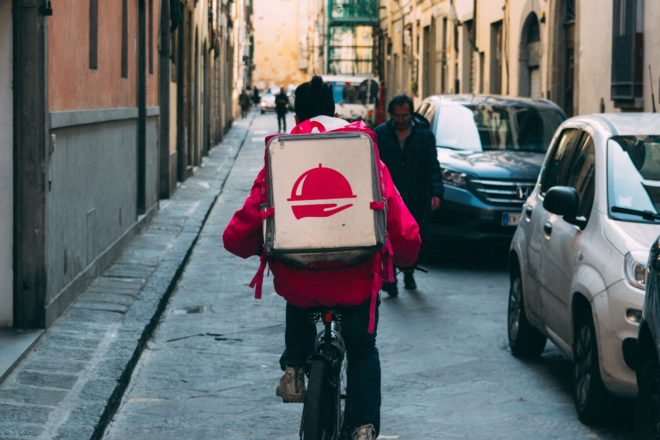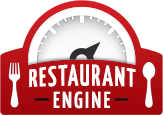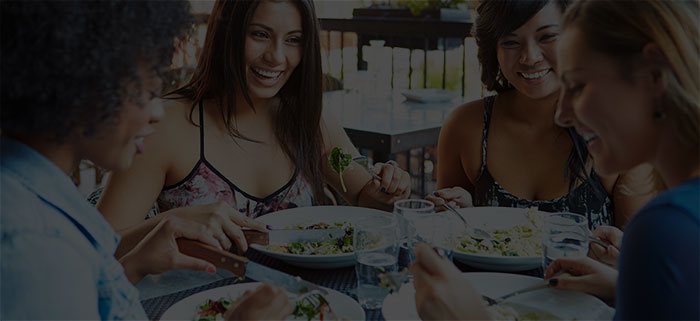Should Your Fine Dining Establishment Offer Takeout?

Even fine dining restaurants are struggling with the coronavirus pandemic. No longer able to charge a premium for ambiance or service, even upscale restauranteurs are offering takeout and joining delivery apps this month.
Better to survive than perish? Upscale restaurant chain Vapiano with six U.S. locations filed for bankruptcy this month. Across the country, the National Restaurant Association expects the industry to lose revenues exceeding $225 billion by this summer. The trade association forecasts at least 5 million temporary job terminations.
Consider the following developments from Las Vegas, home to the highest number of Michelin star restaurants per capita of any U.S. city:
- Black Box Meats, which supplies meat for high-end restaurants like STK and Jean-Georges, is now offering public home delivery for the first time in its existence.
- Thomas Keller operates several Bouchon restaurants in Las Vegas and is the Michelin starred chef of Per Se and The French Laundry. Keller sued his insurance company The Hartford for COVID-19 losses this month.
- Celebrity chef Wolfgang Puck operates dozens of restaurants around the world, but he currently only has only two U.S. locations open: Spago in Beverly Hills, and Puck Players Locker in Summerlin, Las Vegas. Puck is joining other Vegas restauranteurs Daniel Boulud and Jean-Georges Vongerichten in a federal lobby for an industry bailout.
- Las Vegas’ Golden Nugget casinos and restaurants are offering interest rates exceeding 15% to lenders in a new $250 million debt offering this week.
- Penn National Gaming listed its entire Tropicana casino and restaurants for sale this week at $307 million, which is 15% less than its $360 million purchase in 2015.
Coping with the pandemic is possible, even for fine dining. Restaurants that can prove compliance with CDC guidance when preparing meals — sanitizing surfaces regularly, washing hands, social distancing, avoiding cash payments, and ensuring that sick employees do not work — are generally allowed to create accounts with food delivery services like GrubHub, DoorDash, Seamless, UberEats and Postmates.
Bakeries and caterers with stocked pantries are selling extra flour, yeast and other hard-to-find consumer staples to the public. High-end gastropubs are now delivering pizzas on newly created UberEats and DoorDash accounts.
“Electric bill will be due and food will spoil,” says restaurant owner Scott Keys. “10 years of fighting tooth and nail will end with a whimper. It’s so sad.”
Some Michelin star restaurants are taking the current opportunity to offer delivery services for the first time, including the following highest rated locations:
- SingleThread, Sonoma — Michelin 3 Star
- Alinea, Chicago — Michelin 3 Star
- Atelier Crenn, San Francisco — Michelin 3 Star
These additional Michelin starred restaurants have joined the delivery and takeout movements:
- Cote, New York
- Sushi Noz, New York
- Sushi Ginza Onodera, Los Angeles
- Acadia, Chicago
- EL Ideas, Chicago
- Entente, Chicago
- Harbor House Inn, Mendocino
- Masseria, Washington C.
- n/naka, Los Angeles
- Atelier Crenn, San Francisco
- SPQR, San Francisco
- Vespertine, Los Angeles
- Dialogue, Los Angeles
- Marea, New York
- Blue Hill at Stone Barns, New York
- odo, New York
“The risk is contact with the respiratory droplets of other people,” reminds the Salt Lake County Health Department. “Dine-in service is prohibited, but takeout is not. It’s not the food or the environment, but the gathering of people.” Utah Governor Gary Herbert has encouraged delivery and takeout as a way to support local restaurants, as long as customers maintain a 6-foot distance from anyone while accepting their takeout order. Most major delivery services have defaulted to a contactless, “leave at door” option for food deliveries.
Photo by Kai Pilger on Unsplash


Before the coronavirus, consumers were already ordering more food via delivery than they were visiting dining rooms. And this trend has only been propelled by the current health crisis as shelter-in-place and social distancing become the daily norm. If fine dining restaurants are to survive the storm, they have to let go off their scepticism and make a much needed shift to online ordering. This is not only going to be a stopgap until the coronavirus ends, but is going to be an essential service moving forward. Consumer behaviour and preferences are changing rapidly. It’s going to take a lot of time for them to reclaim trust in sit-in restaurants. If an iconic establishment like Canlis can offer online ordering so can the others. Here’s an incisive read into how fine dining can transition to delivery, https://restolabs.com/blog/how-fine-dining-restaurants-can-promote-online-ordering-their-customers
It is a must for survival. This is not temporary. This will be the new model. While eventually it could return but it will be a long time.